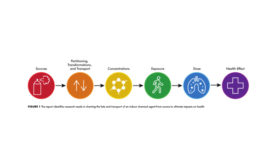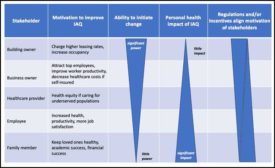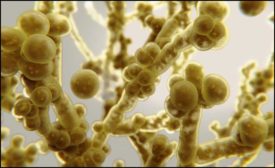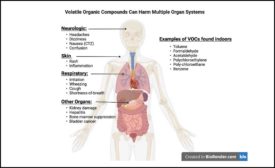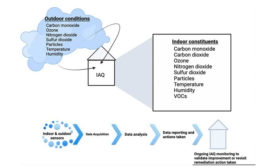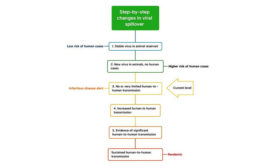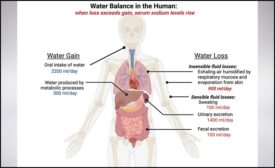Articles by Stephanie Taylor, M.D., M. Arch, CIC
Ventilation rates don't dictate IAQ
Read More
Incentives and obstacles in managing IAQ for occupant health
Will we take actions to protect the health of occupants, or will we fall back on a myriad of familiar excuses?
December 22, 2023
Children need seatbelts and good IAQ in schools
One is not more necessary than the other
October 9, 2023
The Impact of the Environment on Infectious Fungi
The devastating consequences of recent outbreaks demand understanding and management of conditions that contribute to worsening fungal disease.
September 12, 2023
Perfume or Poison: The tVOC Riddle
How VOCs impact occupant health depends on many factors.
July 19, 2023
Knowing Outdoor Air Quality Allows Management of IAQ for Health and Efficiency
Affordable sensors use real-time data to increase operating efficiency.
June 13, 2023
IAQ and Emerging Infectious Diseases
What is the influence of IAQ on human immune defenses.
April 4, 2023
Nitrogen: Friend or Foe?
Exposures in homes with intermittent peaks of NO2 have been associated with numerous concerns, including severe asthma in children and adults.
March 9, 2023
Using IAQ to Curtail Aging and Chronic Diseases
Understanding the drivers of biological aging may provide strategies to slow down the development of age-dependent chronic diseases.
February 9, 2023
Get our new eMagazine delivered to your inbox every month.
Stay in the know on the latest HVACR engineering trends.
SUBSCRIBE TODAY!Copyright ©2024. All Rights Reserved BNP Media.
Design, CMS, Hosting & Web Development :: ePublishing
